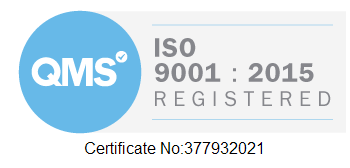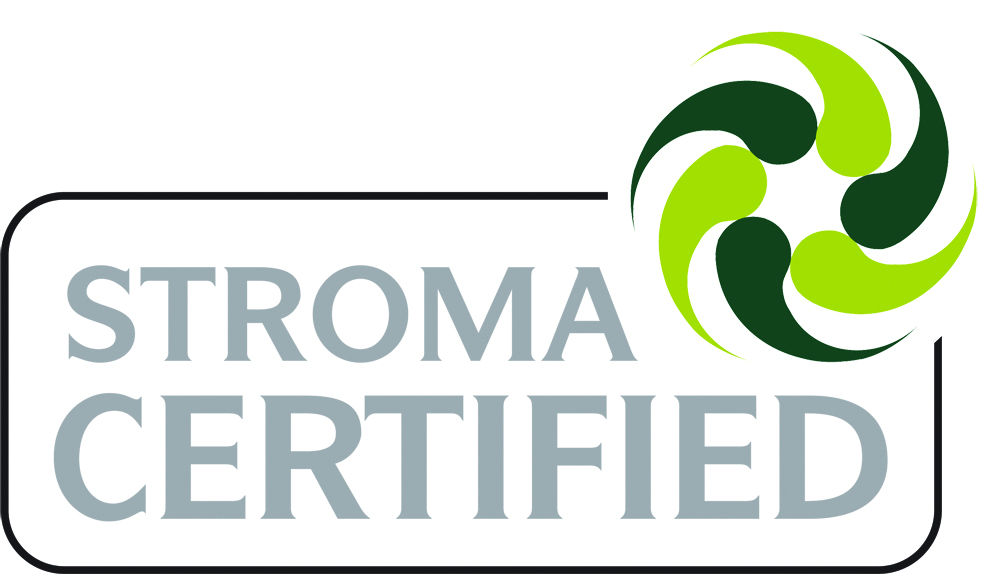Part L Building Regulations Compliance
Building work in the UK is subject to a series of Building Regulations, which are statutory instruments that attempt to implement government policy. What this means for homeowners or developers, is that Building Control Bodies will want to see evidence of compliance with building regulations before they approve the start of a development, and to sign off the development once it is completed. The UK Government publishes a series of Approved Documents alongside the Building Regulations which set out standard approaches for achieving compliance.
Part L of the Building Regulations addresses the "Conservation of Fuel and Power" and is a key policy tool in support of the UK government's goal to achieve Net Zero Carbon by 2050. There are 4 parts to the approved document that supports Part L, each of which addresses different types of development as follows:
Approved Document L1A: Conservation of fuel and power (new dwellings)
Approved Document L1B: Conservation of fuel and power (existing dwellings)
Approved Document L2A: Conservation of fuel and power (new buildings other than dwellings)
Approved Document L2B: Conservation of fuel and power (existing buildings other than dwellings)
This article is focused on dwellings, so the approved documents of interest are AD L1A and AD L1B. One of the first things a homeowner, self-builder or developer needs to understand is which approved document applies to different types of development. A general guide to this is as follows:
- The creation of a new dwelling on a building plot where no part of any existing building forms any part of the newly created dwelling is covered by AD L1A. The Standard Assessment Procedure (SAP 2012) is used to demonstrate compliance with AD L1A and to create the Energy Performance Certificate (EPC).
- The conversion of non-domestic buildings into dwellings is covered by AD L1B - this would include things like barn conversions, shop conversions and the conversion of former office blocks or warehouses into flats or apartments. SAP2012 is used to demonstrate compliance and to create the EPC.
- The extension of an existing dwelling is also covered by AD L1B. Particular requirements apply when the level of glazing in the extension exceeds 25% of the floor area, or when the extension is opened up to the main dwelling. Depending on the nature of the extension, some or all of SAP2012 will need to be used to demonstrate compliance.
SAP 2012 is a UK Government approved methodology for assessing the energy usage of a dwelling. It also allows the Carbon Dioxide emissions of the dwelling to be estimated. Domestic On Construction Energy Assessors (or SAP Assessors) are qualified professionals who can provide compliance reports to support all of the different types of development listed above. The team at UK Energy Assessors are all qualified SAP Assessors and regularly provide compliance reports for AD L1A and L1B. If you would like further information or have questions about Part L Building Regulations compliance, please browse our website or Contact Us for more information.





